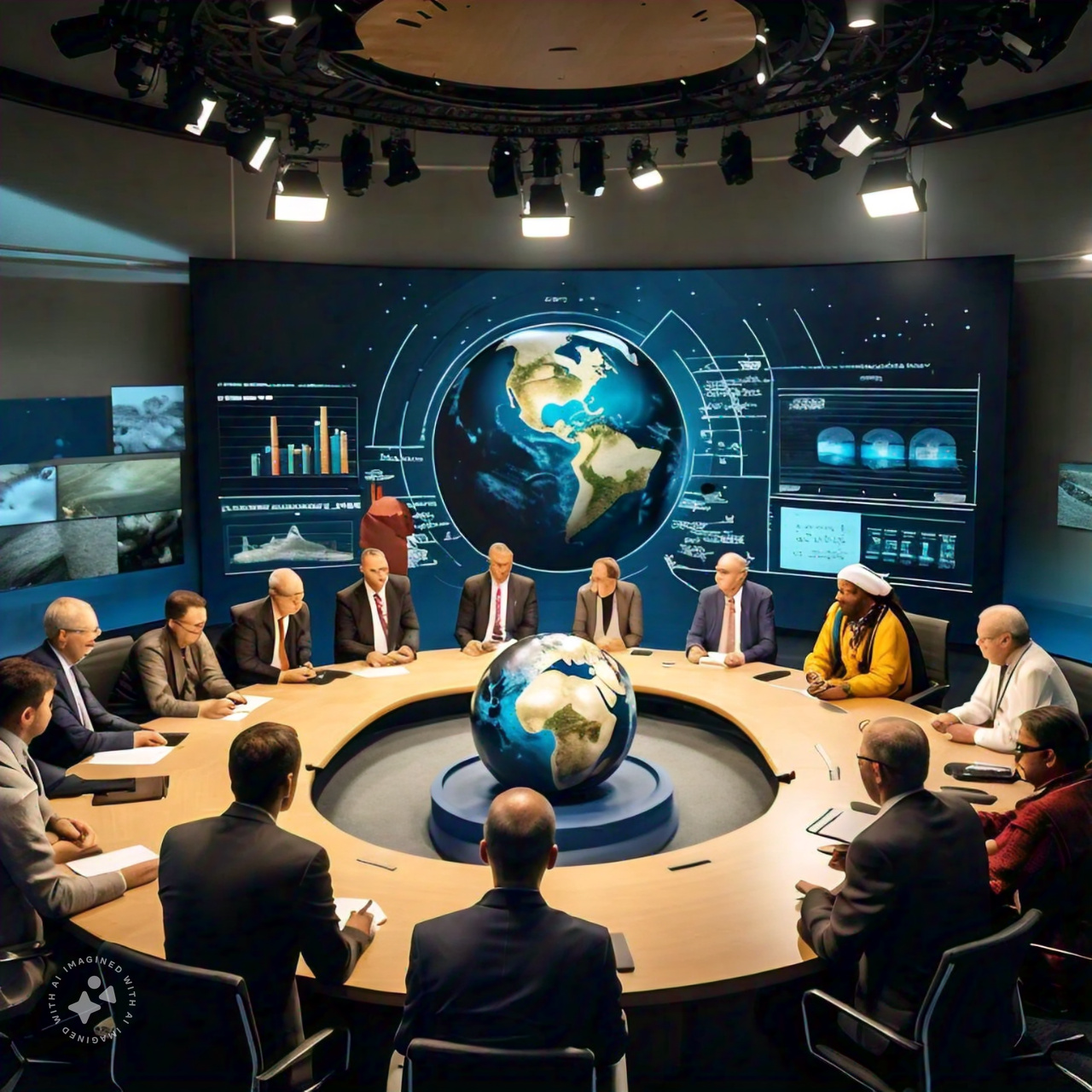Introduction
The North Atlantic Treaty Organization (NATO) faces a complex and evolving security landscape, with multiple challenges and opportunities shaping its agenda.
Key Issues
Russia-Ukraine Conflict: NATO’s response to Russia’s actions in Ukraine, including the annexation of Crimea and ongoing support for separatist groups.
Defense Spending: Debate over member countries’ defense spending, with the US pushing for increased contributions.
Counter-Terrorism: NATO’s role in combating terrorism, including cooperation with partner countries and capacity-building efforts.
Cybersecurity: Growing concerns about cyber threats and NATO’s efforts to enhance its cyber defense capabilities.
China’s Rise: NATO’s response to China’s growing global influence and potential security implications.
Turkey’s Role: Tensions between Turkey and other NATO members, particularly over issues like Syria and the Eastern Mediterranean.
Brexit Implications: The impact of the UK’s departure from the EU on NATO’s cohesion and decision-making.
Enlargement and Expansion: Debates over potential new members, including North Macedonia, Bosnia and Herzegovina, and Georgia.
Emerging Threads
Great Power Competition: The resurgence of great power rivalry, with NATO at the center of the US-China-Russia dynamic.
European Security: The ongoing quest for a more cohesive European security and defense policy, with NATO as a key player.
Transatlantic Relations: The state of US-Europe relations, including trade tensions and differing approaches to global challenges.
Global Governance: NATO’s role in shaping international norms and institutions, particularly in areas like counter-terrorism and cybersecurity.
Technological Innovation: The impact of emerging technologies, such as AI and hypersonic weapons, on NATO’s military capabilities and strategic thinking.
Societal Resilience: The importance of building resilient societies, including efforts to counter disinformation and protect critical infrastructure.
Partnerships and Cooperation: NATO’s engagement with partner countries, including those in the Asia-Pacific region and the Middle East.
Adaptation and Reform: Ongoing efforts to adapt NATO’s structures, capabilities, and decision-making processes to evolving security challenges.
Conclusion
NATO must navigate these complex issues and threads to maintain its relevance and effectiveness in addressing emerging security challenges.
